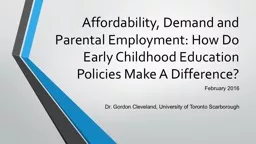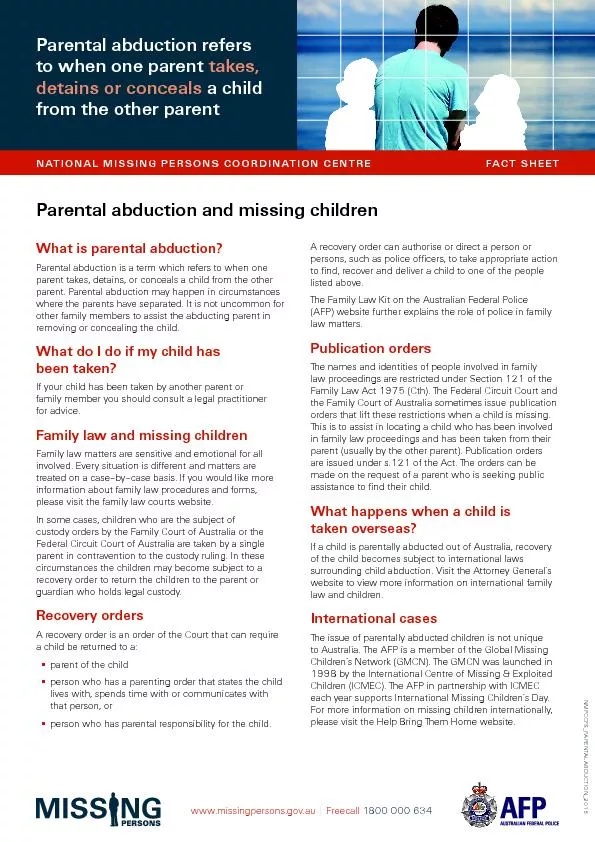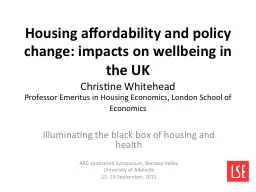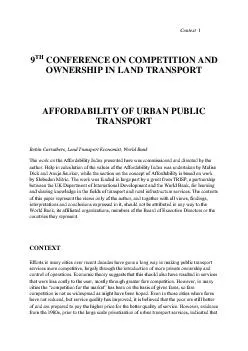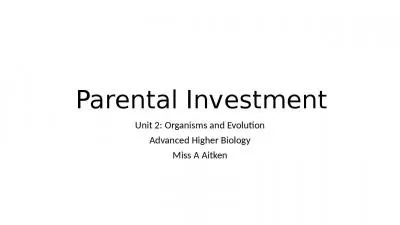PPT-Affordability, Demand and Parental Employment: How Do Early
Author : pamella-moone | Published Date : 2017-06-26
A Difference February 2016 Dr Gordon Cleveland University of Toronto Scarborough Our ECE systems are marketbased and have parent fees Most early childhood education
Presentation Embed Code
Download Presentation
Download Presentation The PPT/PDF document "Affordability, Demand and Parental Emplo..." is the property of its rightful owner. Permission is granted to download and print the materials on this website for personal, non-commercial use only, and to display it on your personal computer provided you do not modify the materials and that you retain all copyright notices contained in the materials. By downloading content from our website, you accept the terms of this agreement.
Affordability, Demand and Parental Employment: How Do Early: Transcript
Download Rules Of Document
"Affordability, Demand and Parental Employment: How Do Early"The content belongs to its owner. You may download and print it for personal use, without modification, and keep all copyright notices. By downloading, you agree to these terms.
Related Documents

